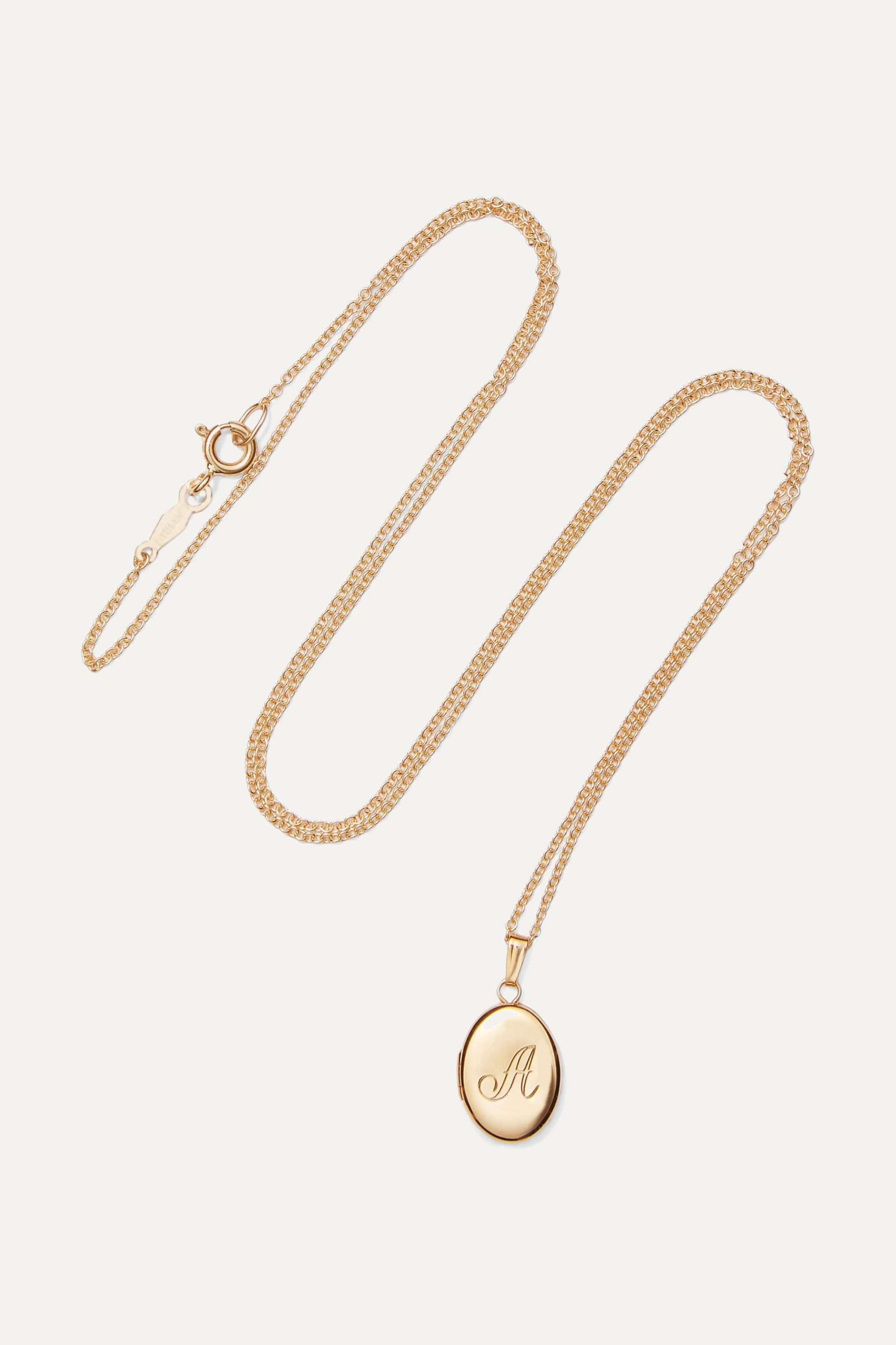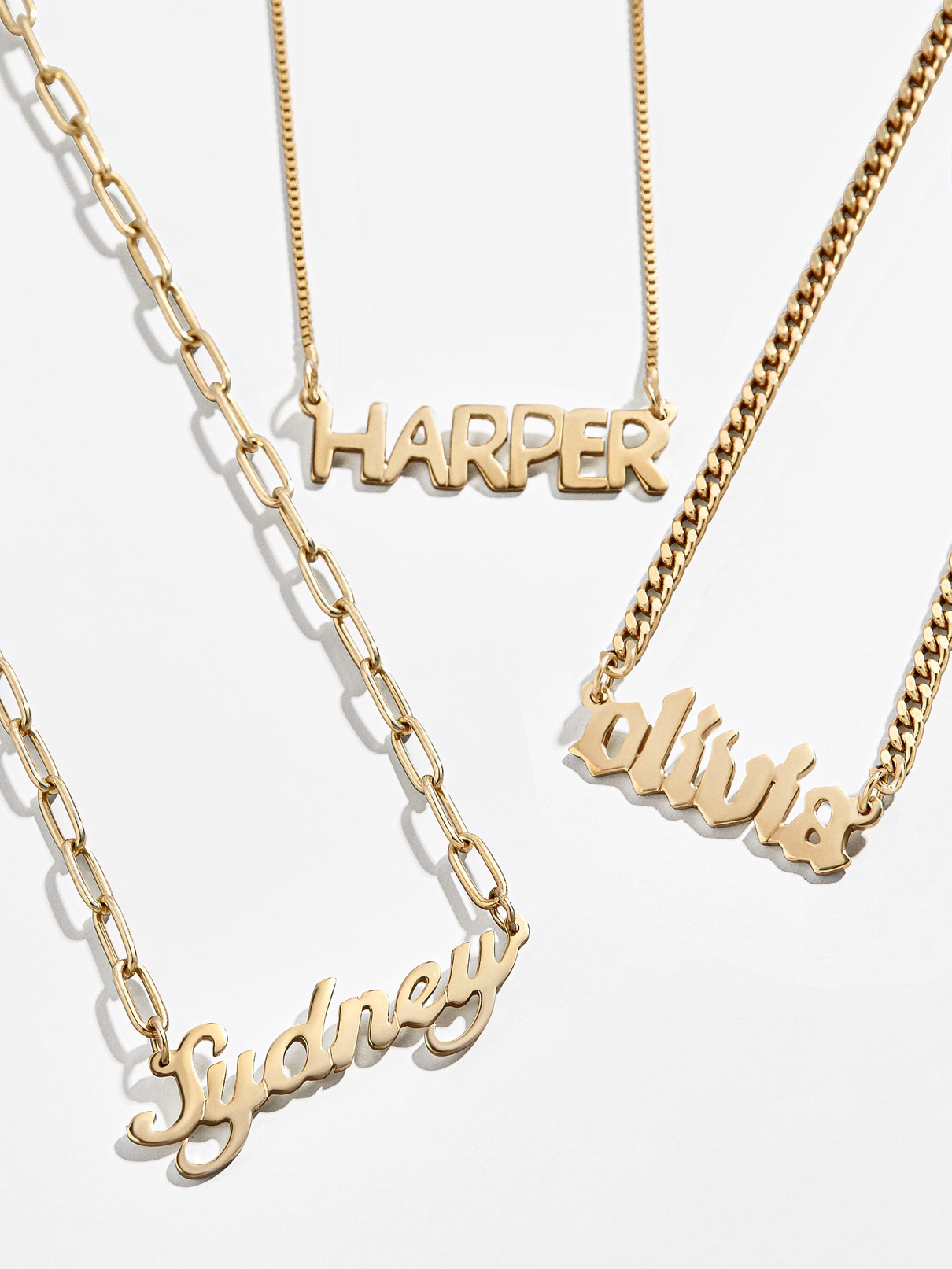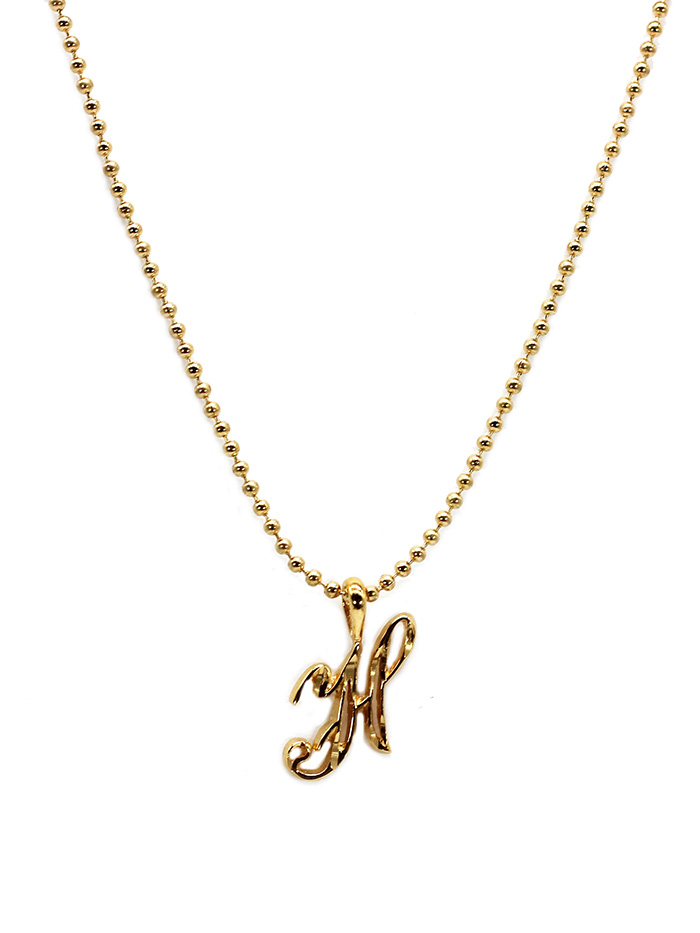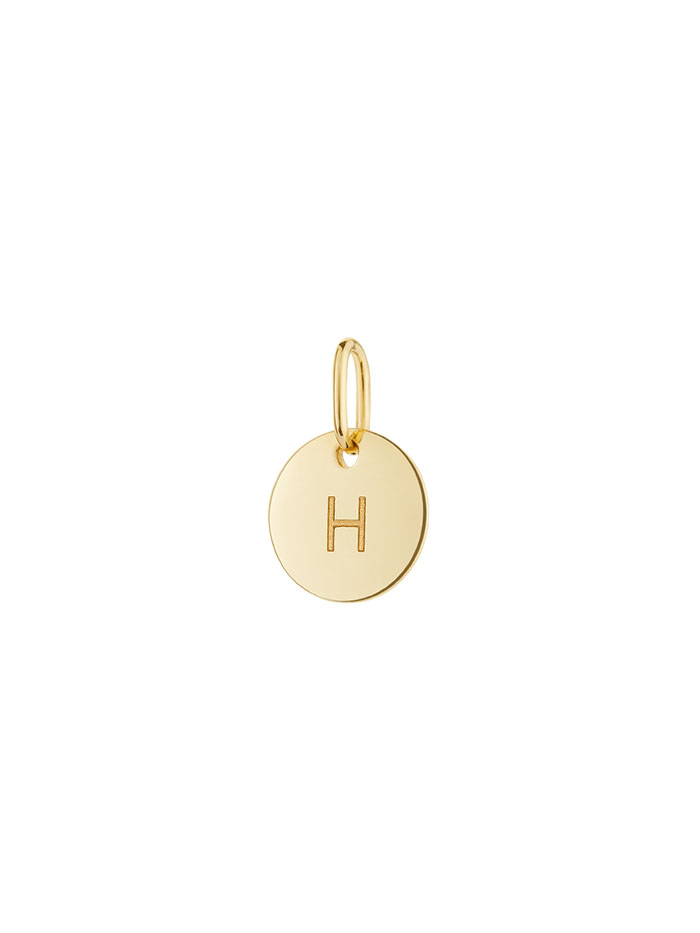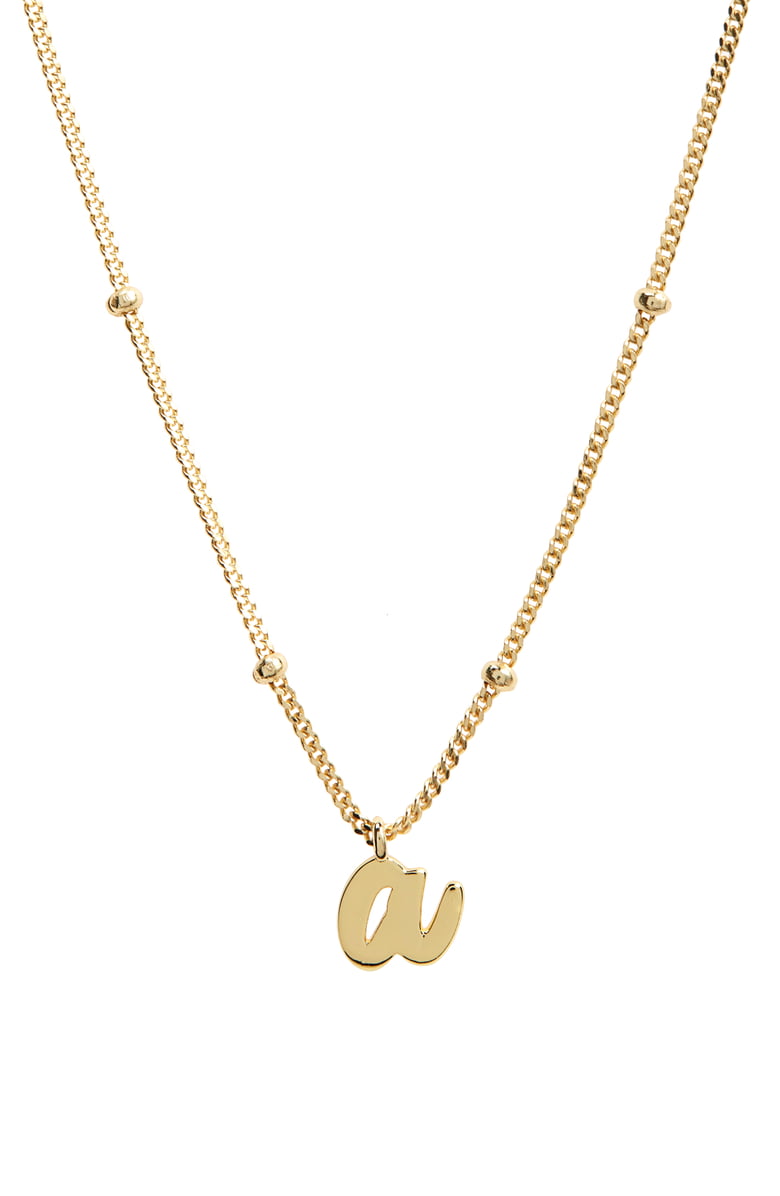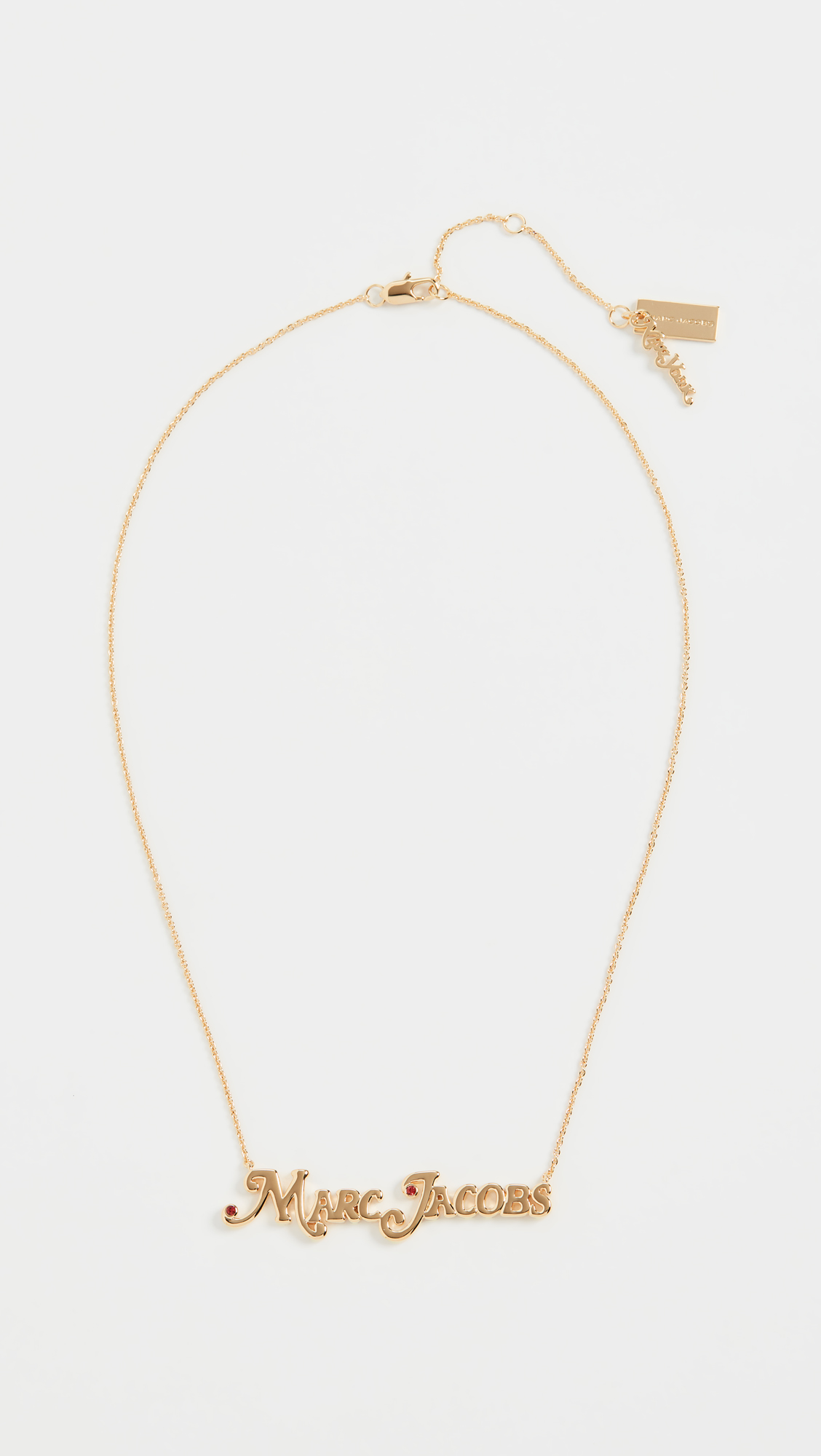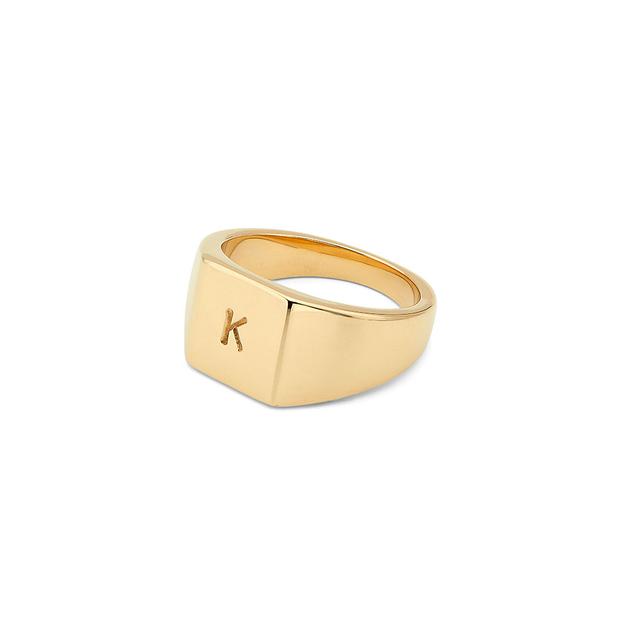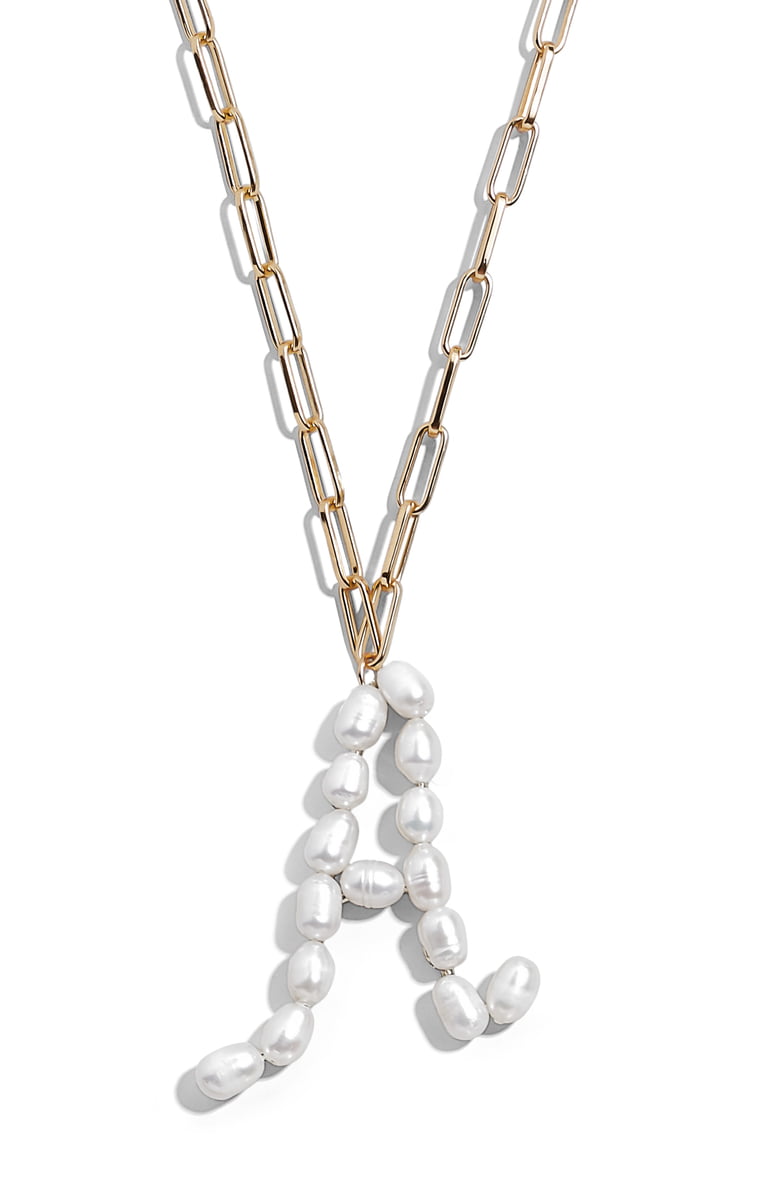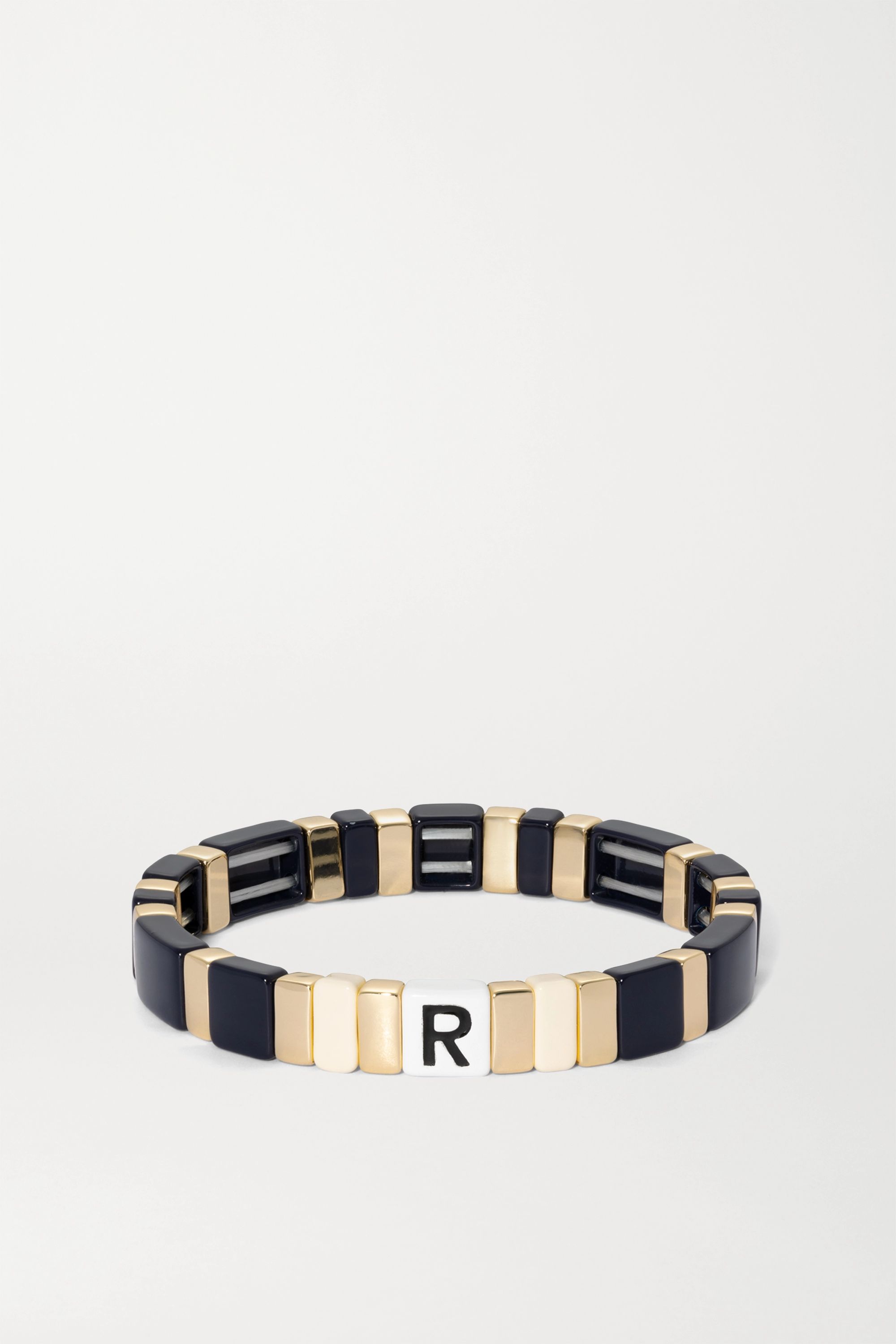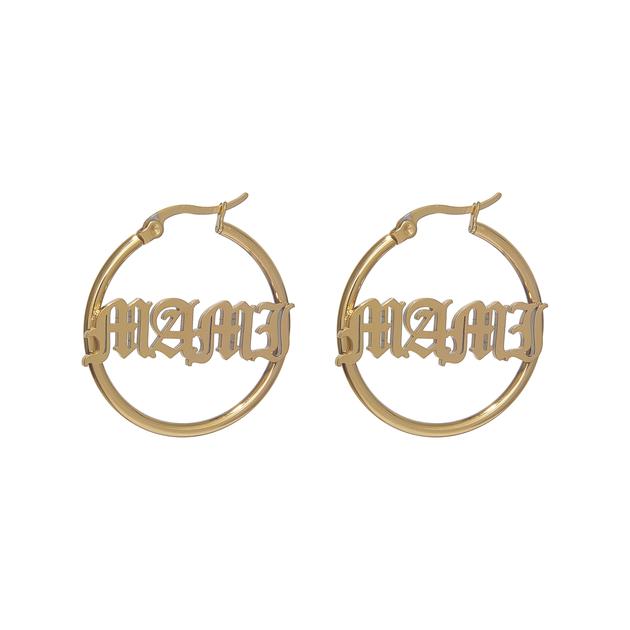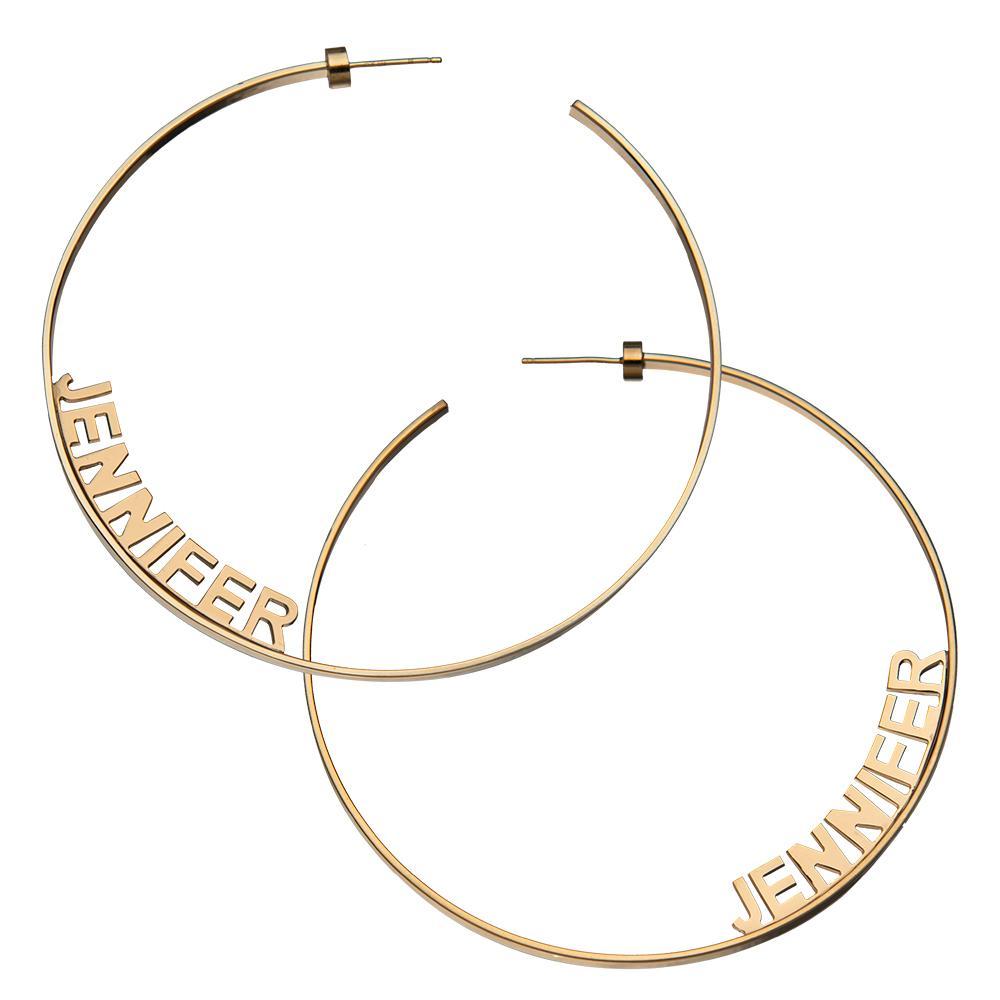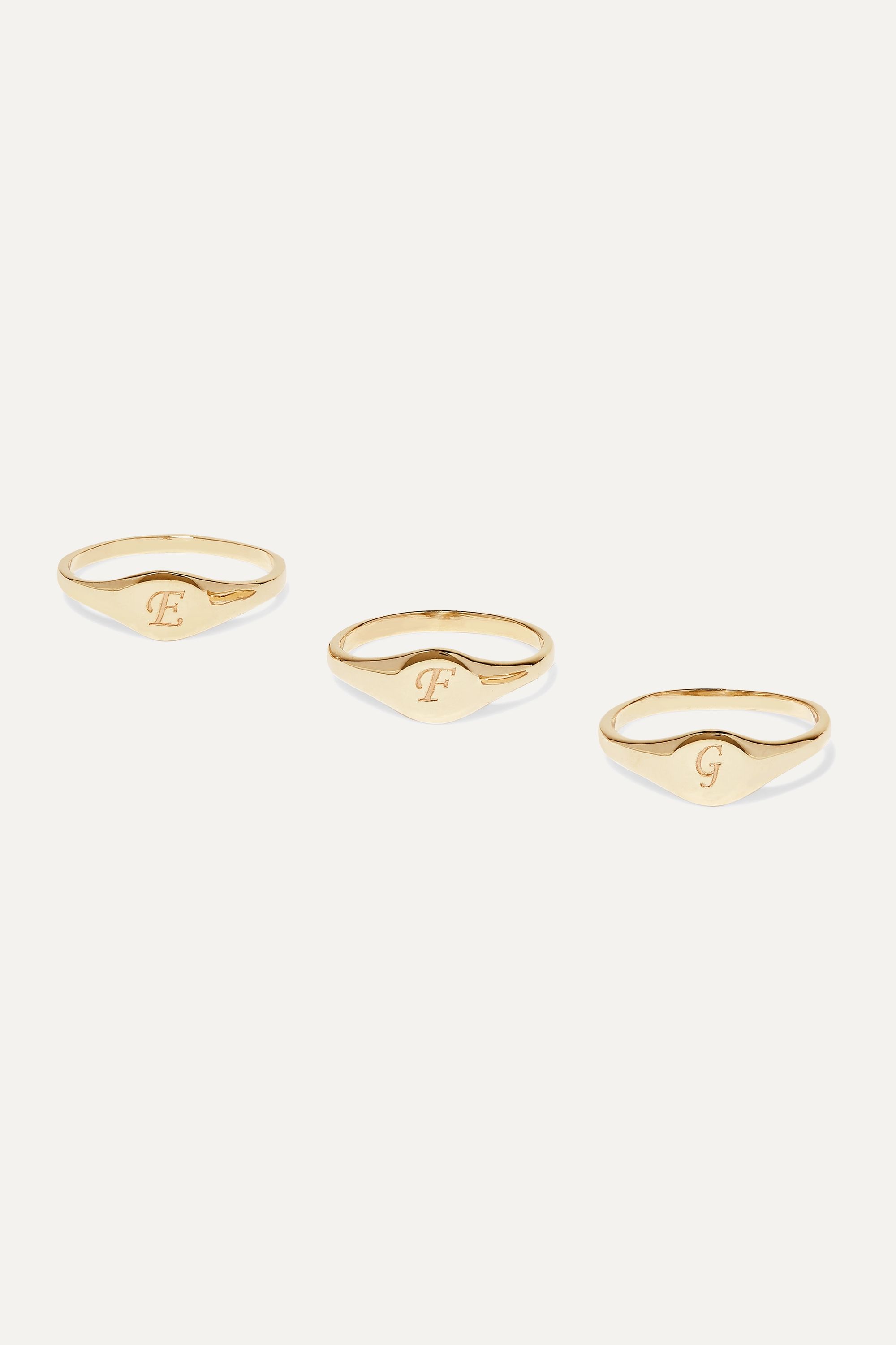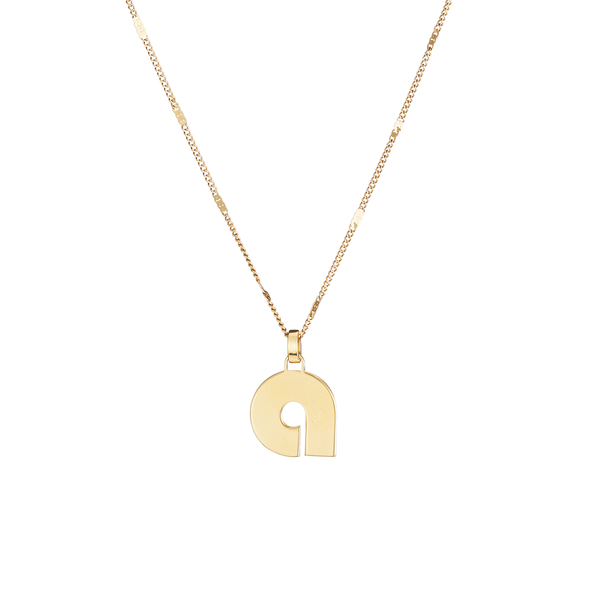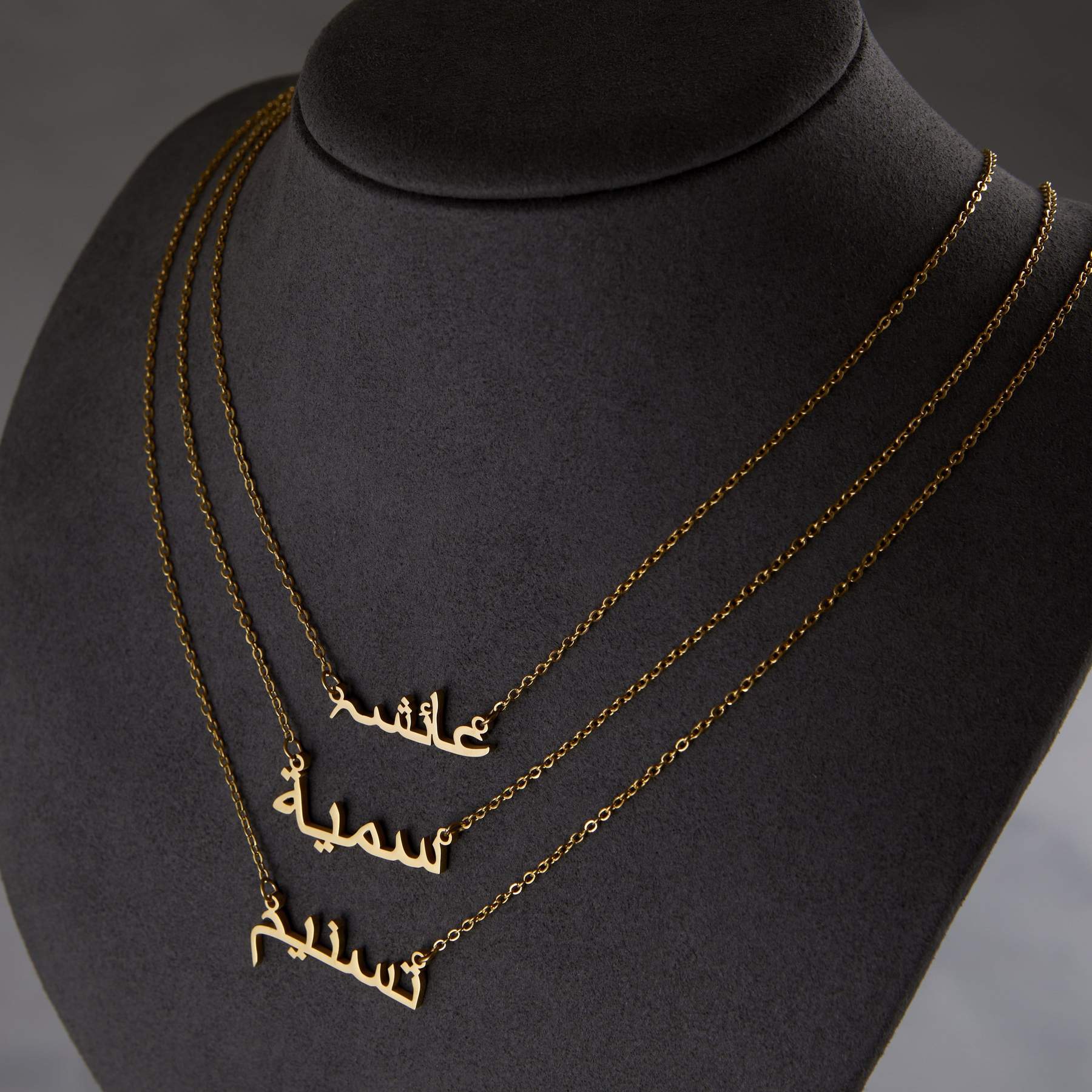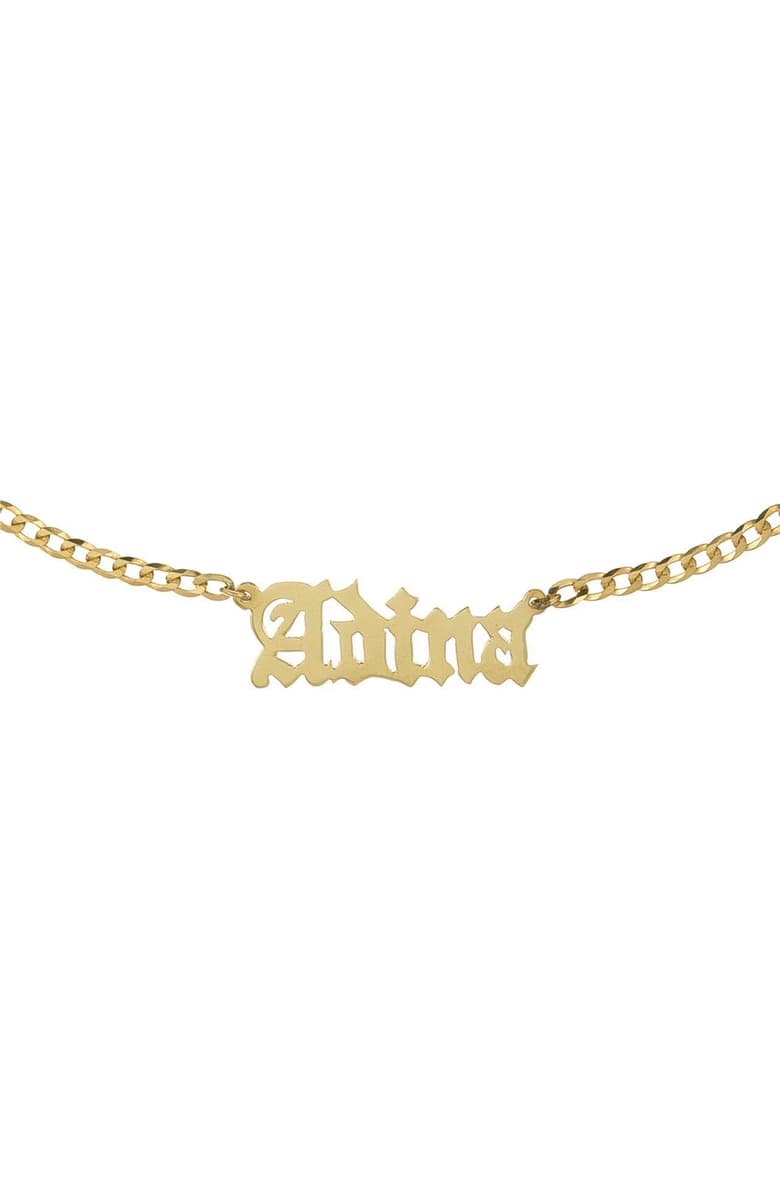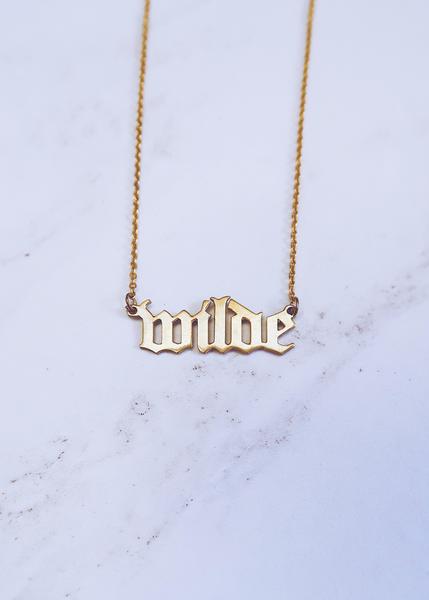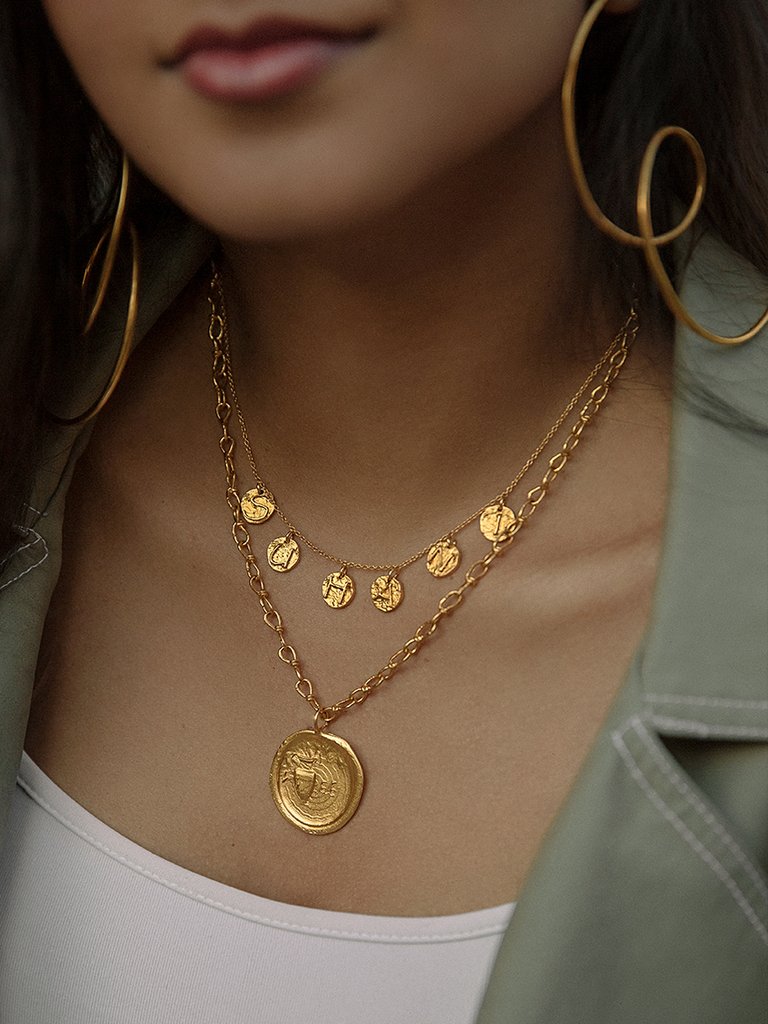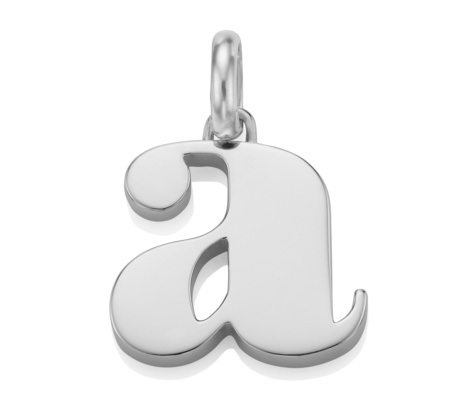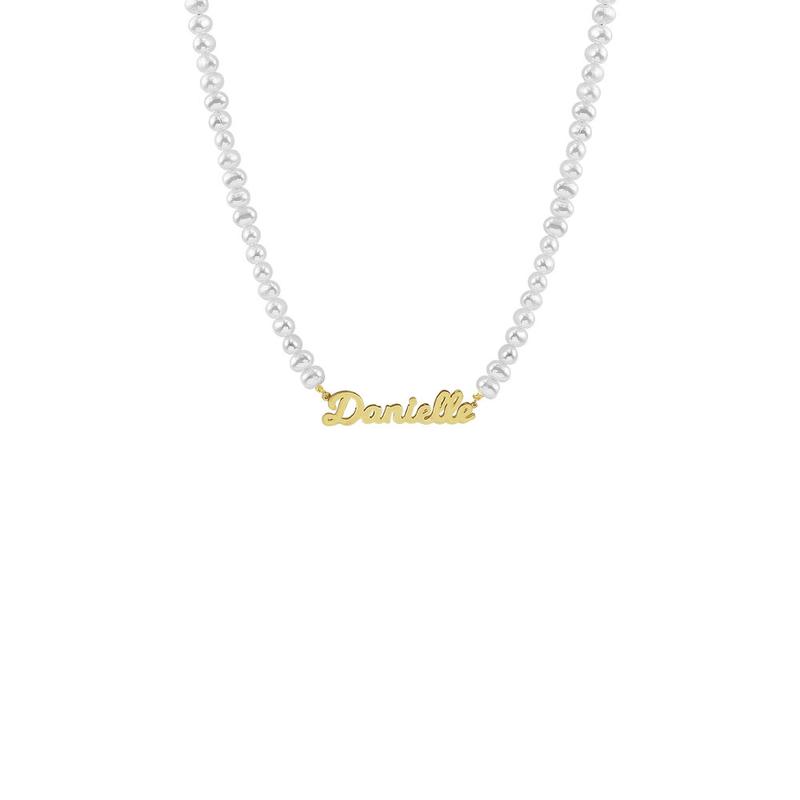The Popular Jewelry Trend That Carries Meaning Across Many Cultures
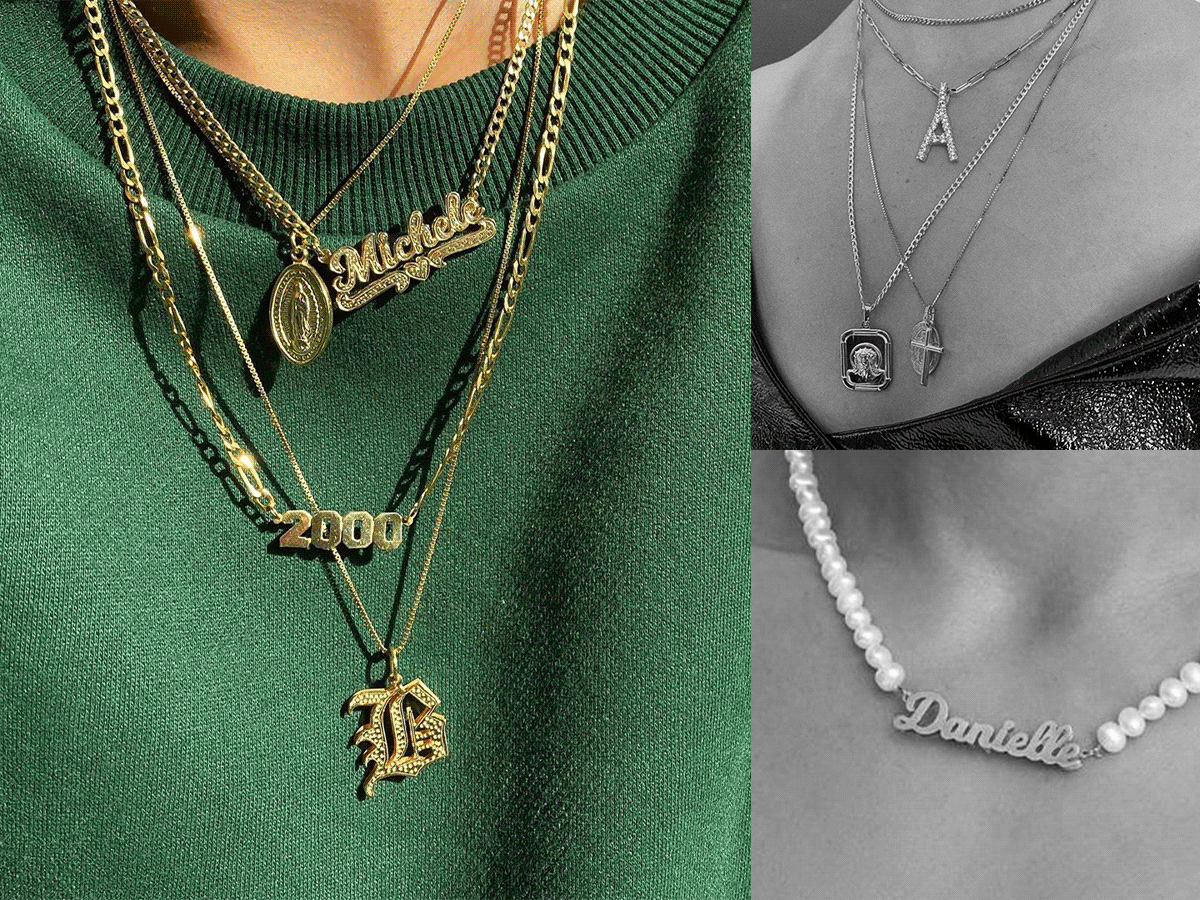
When I was younger, I would often snoop through my mom’s jewelry box. It’s a tradition in Pakistani culture to receive gold once you get married, and while most things were kept away in a safe, she kept a few at home that I often admired, one being a gold necklace with her and my dad’s name set in a simple script. I remember being 11 at the time and asking my mom for a necklace with my name on it, and sure enough, she had one stored away for me that was made after I was born.
Now, I’m 22 and the necklace still remains on my neck. I know it may seem frivolous to some, but carrying my name—one that I have often purposely butchered for others to pronounce easier—gave me a firm grasp on it. It wasn’t till I saw my four-year-old niece prance around proudly saying her name, and tell me how it upset her when people mispronounced it till I understood how much one’s name plays a significant role in their identity, especially when their identity is one that is often questioned or misunderstood in society.
Nameplate jewelry is the personalized style that is known to be an endearing gift and can be found on some of the most popular jewelry sites today. While the nameplate carries importance in my Pakistani heritage, it carries a similar meaning for many others of different backgrounds from Black to Latin cultures. When I went to research more on the style and how it translates to people all over, I found Documenting the Nameplate, a project and study started by Marcel Rosa-Salas and Isabel Flower in which they take a deep dive into the meaning of nameplate culture, and document stories of people and their connection to their jewelry.
Curious to see what they’ve found in their research, I reached out to the duo to learn more about the place nameplate jewelry holds in today’s culture. Read below to see what they had to say.
Being art and Ph.D. students, there are so many things you can analyze. What drew you to this intersection of fashion and culture?
Marcel has a Ph.D. in anthropology and Isabel has a BA in studio art and art history. This pedagogical lens has definitely informed our approach to our work (both independently and together). However, what really prompted us to bond over our shared love of nameplates early in our friendship was a curiosity about an everyday material culture that tends to be overlooked within critical discourse and academia. Nameplates are a prime example of an extremely popular and global phenomenon, dear to us both, that (to our knowledge) had never been formally studied, documented, or written about.

Throughout your studies, how do you think both the fashion industry at large and individuals can do a better job at honoring the origins of trends?
History is much more complicated than we tend to think, given the linear and simplistic narratives that we learn in school and that comprise collective understandings of popular culture. In general, it is very difficult to pinpoint a true origin or ownership of any cultural phenomena, and determining these types of "facts” is not a goal of this project.
One of the biggest discoveries of this project is that nameplates have multiple, overlapping origins and contain, to this day, a rich and pluralistic significance within many cultural traditions. However, this does not contradict the need to be specific, to pay attention to the trajectories of material history, and to give credit where due, which also, very importantly, includes compensating people. Fashion industry players should spend more time doing research, not necessarily for the sake of getting to the bottom of "origin” (which is often impossible anyway), but rather to give context and depth to their work in ways that honor all parties involved, highlight undervalued narratives and populations, and promote knowledge sharing.
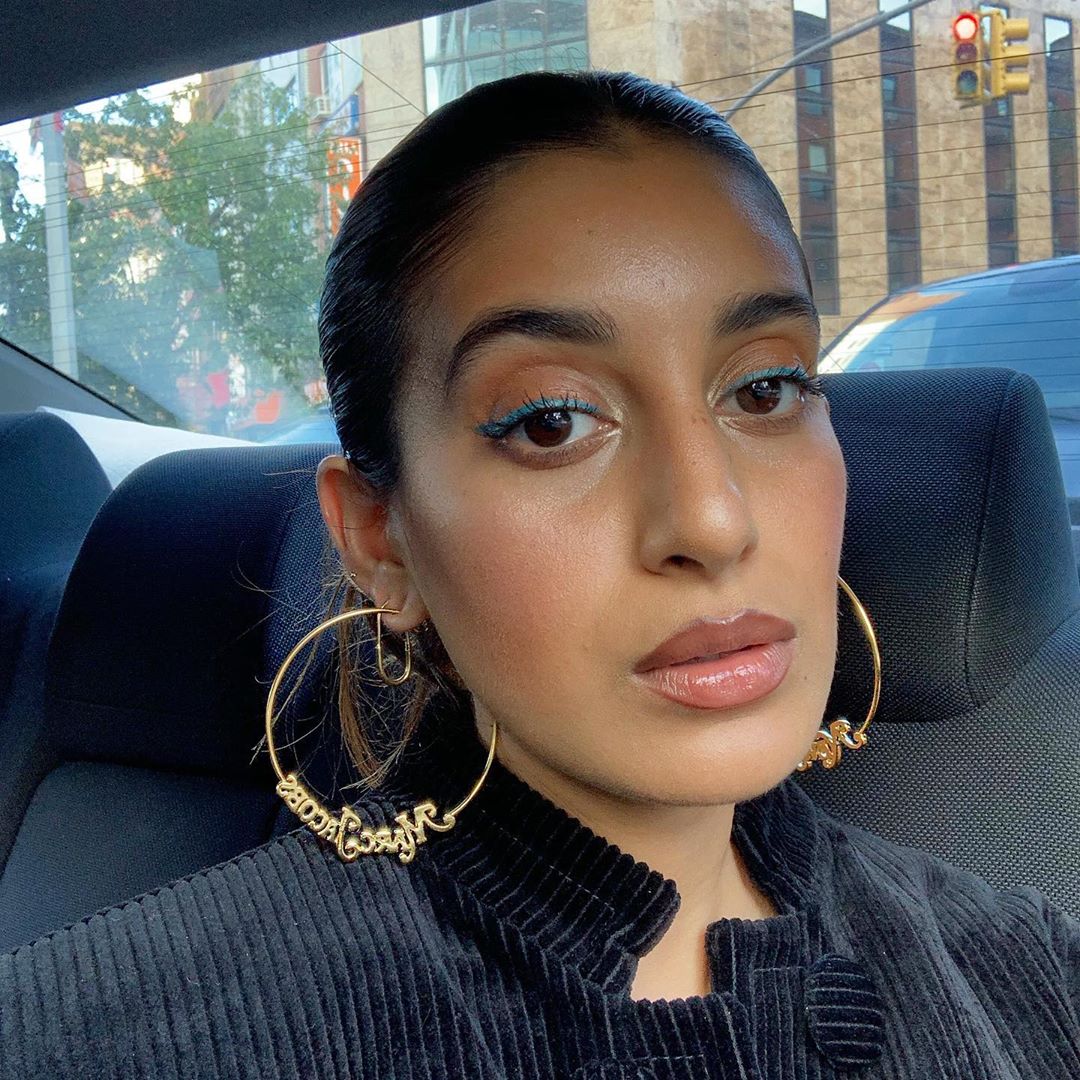
Would you agree that jewelry has always been political? it’s been tied to socioeconomic standing, eurocentric beauty standards, and ethnic background? How has your research proven or disproven this?
We believe that all dress is political and contains codes related to constructed social conventions around beauty, gender, socioeconomic status, ethnicity, and race. This is not necessarily limited to jewelry. How we present ourselves contains a multitude of signals that affect how we move through the world. One of the motivations for this project is to highlight self-styling as an understudied anthropological tool for understanding how people make meaning from their identities and their lives.
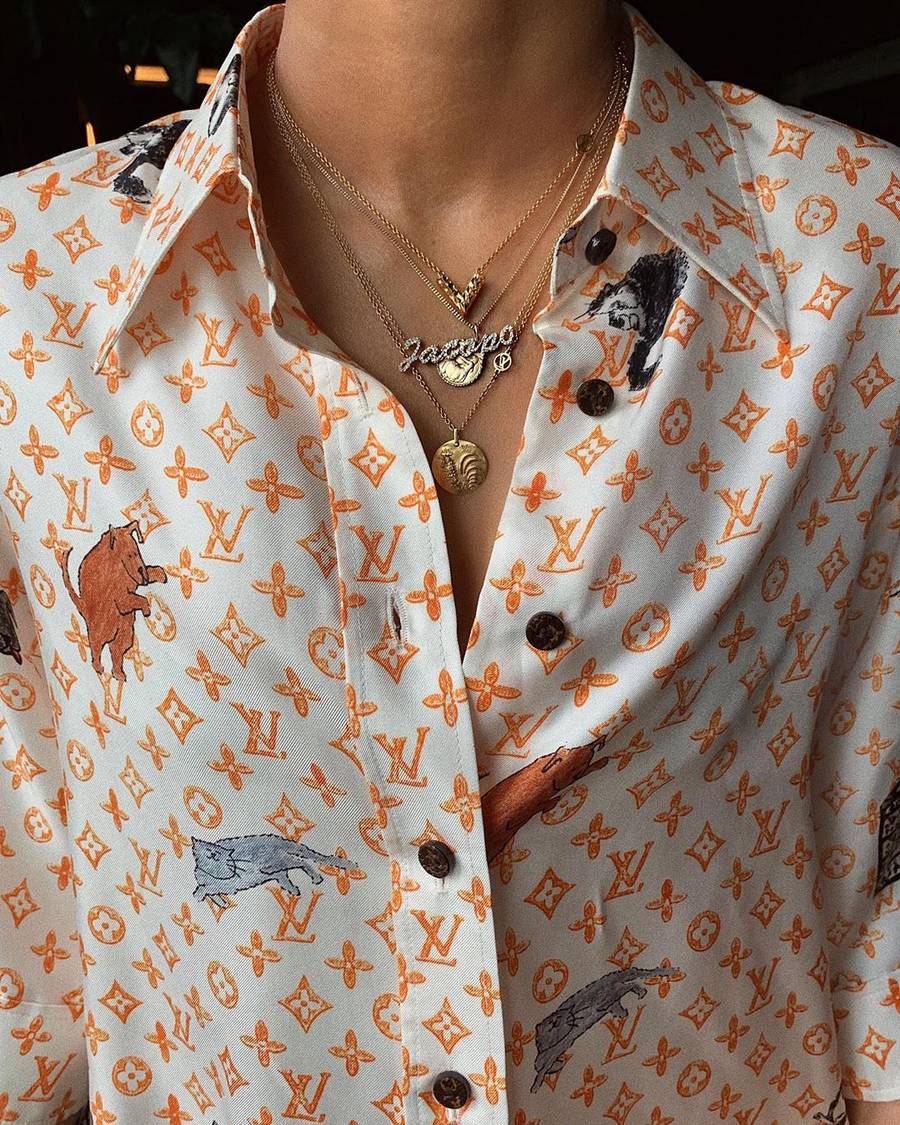
What did your first piece of name jewelry mean to you, and how did it hold significance in your life at the time?
Marcel: I grew up in Brooklyn, right across the street from a jewelry store owned by an Italian American man named Casale. It didn’t matter if I was on my way to school or to the corner bodega, I always stopped to marvel at the rows of glimmering nameplate pendants on display in the shop’s window. One of them, in particular, caught my eye: It was a double-plated necklace that spelled out the name "Maria” in a bubbly, diamond-encrusted script. I recall it being one of the first things I consciously remember observing was beautiful. I am also a twin and have spent much of my life being called by the wrong name, so having a nameplate has always had a dual function for me—both decadent and deeply practical. I got my first nameplate at age 10, after convincing my mom that I deserved one when I did well on the citywide tests. It was a style I associated with coming-of-age events as well, whether birthdays, communions, graduations, or other achievements. Many of my Puerto Rican, Black, Italian, and Middle Eastern peers had one, too.
Isabel: Though my father received a nameplate baby bracelet at birth and nameplates were something I was aware of all my life, my fascination with the style and desire to own one myself is actually much more a product of the time and place where I was raised. I grew up in Pennsylvania and New Jersey in the ’90s through the mid-2000s, a peak time in the popularity of nameplates, due in part to the growing influence of hip-hop on the mainstream. Neither of my parents was from the East Coast, and we moved around often for their work. Nameplates were one of the most consistently popular aesthetics among the places I lived and went to school, and were also an accessory that transcended a lot of other differences. As I grappled with my own identity formation and sense of rootlessness, I loved that nameplates carried a sense of community and a shared visual language. The aisles of my local malls were lined with kiosks where you could order a nameplate to pick up that same day. My first nameplate was made from base metal, and in the summer, it turned my neck green.
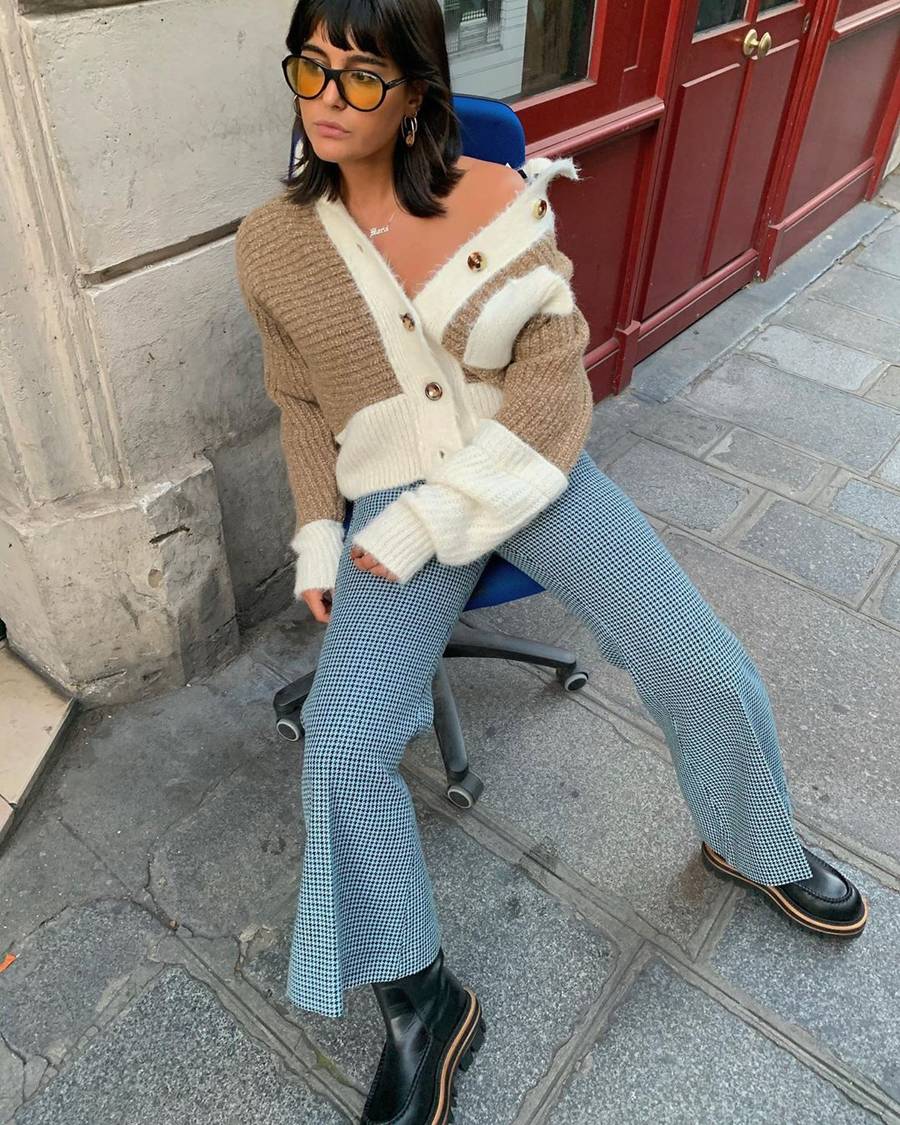
Name jewelry can be seen across so many cultures across the world. In your research, what about name jewelry specifically do you think carries importance to so many groups of people, especially people of color?
Nameplates have multiple, overlapping cultural histories across the world, and there are people from as many backgrounds as you can imagine who embrace this style. We think that one reason why nameplates resonate with so many people is because of the emphasis on the name itself. A person’s name is the essence of their identity and can tell a story about their life and family history. Scholars of consumer culture often talk about the role fashion plays in how human beings tell stories about their lives; storytelling is how we make meaning and communicate with one another. Nameplates also tell stories. Many of the testimonies we’ve received during our research offer examples of people receiving or purchasing nameplates to mark important life moments in a way that links them to loved ones across space and time. As a style that is both customizable and exemplary of a collective aesthetic, nameplates offer wearers the ability to assert individuality and community at the same time. However, we think it is important to push back against the temptation to offer a grand narrative about nameplates’ cultural significance because like any phenomena, nameplates don’t just mean one thing—they mean many things, and these meanings are shaped by history and context. There is also something to be said about the desire to wear one’s name for others to see and how this act can be a political expression of personhood. Especially for groups of people who have been marginalized because of racial, ethnic, and class-based social hierarchies, nameplates can possibly be objects that offer a sense of visibility in contexts where recognition has otherwise been denied or diminished.
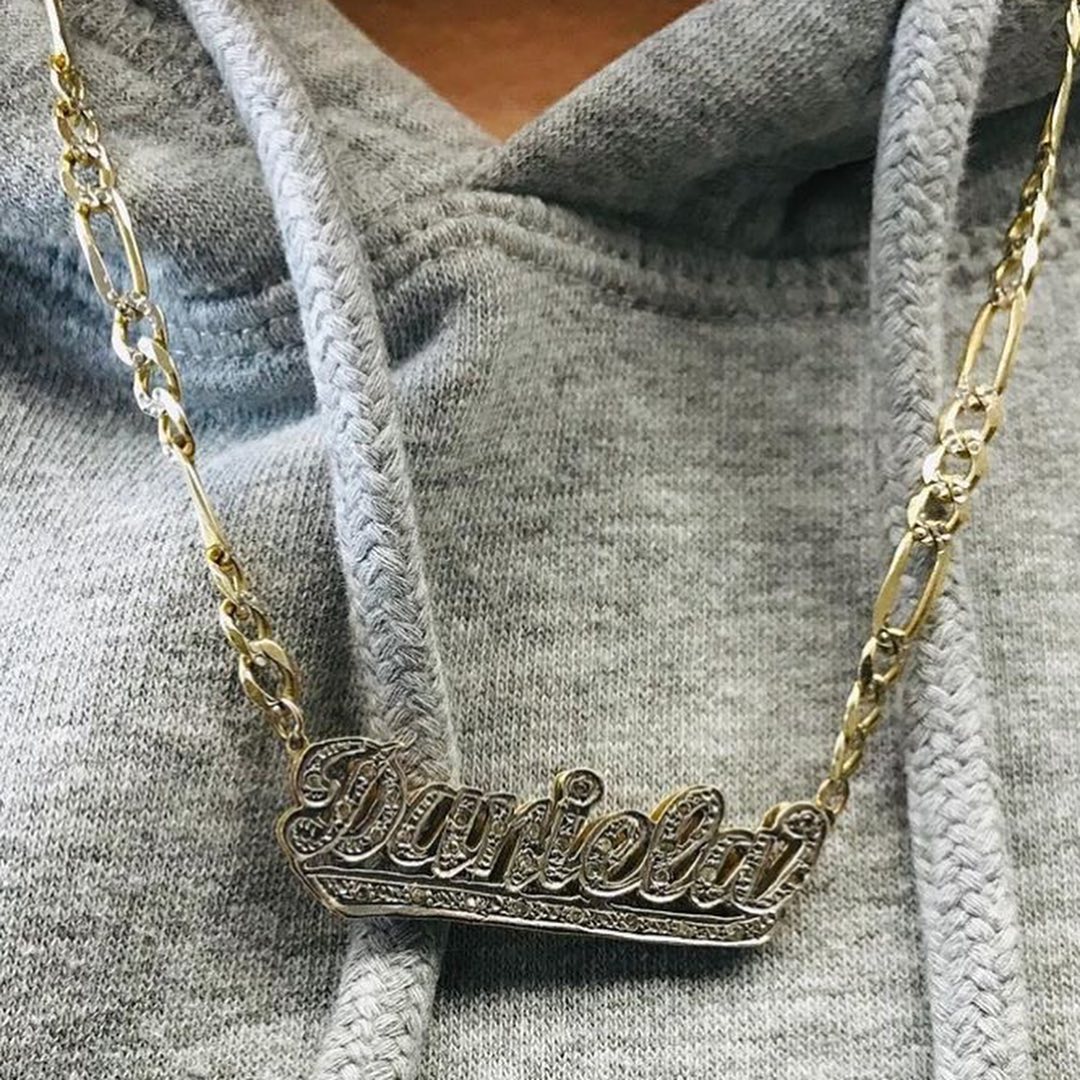
I know you mention in your essay that seeing the necklace as cultural appropriation actually takes away from the history, but what about the popularization given to the nameplate as a trend say to how fashion is white-washed to become mainstream (i.e., the trend being named the "Carrie necklace” after Carrie Bradshaw donned the necklace in Sex and the City)?
Cultural appropriation is all about who has the power to set the agenda for and profit from cultural phenomena. The problem is not that Carrie wore a nameplate; it is that the nameplate’s cultural history has been mischaracterized in favor of an over-simplified narrative that obscures the contributions that many different groups of people have made to creating and popularizing nameplate jewelry. Media and other powerful institutions’ routine extractive and ahistorical relationship to cultural production lie at the heart of capitalism; it alienates people from a full understanding of how objects are produced, while also reasserting race, class, and gender power dynamics that benefit a small group of people. This is especially true in the U.S., where white audiences have constituted the "mainstream” that brands have sought to appeal to.
There is also an erroneous popular narrative that nameplates are having a recent resurgence. While we do think that factors like online retail and nostalgia-driven fashion trends play a role in nameplates’ popularity today, we also want to emphasize that for many people, nameplates never went out of style, and have been a continuous fashion staple for decades, if not centuries.
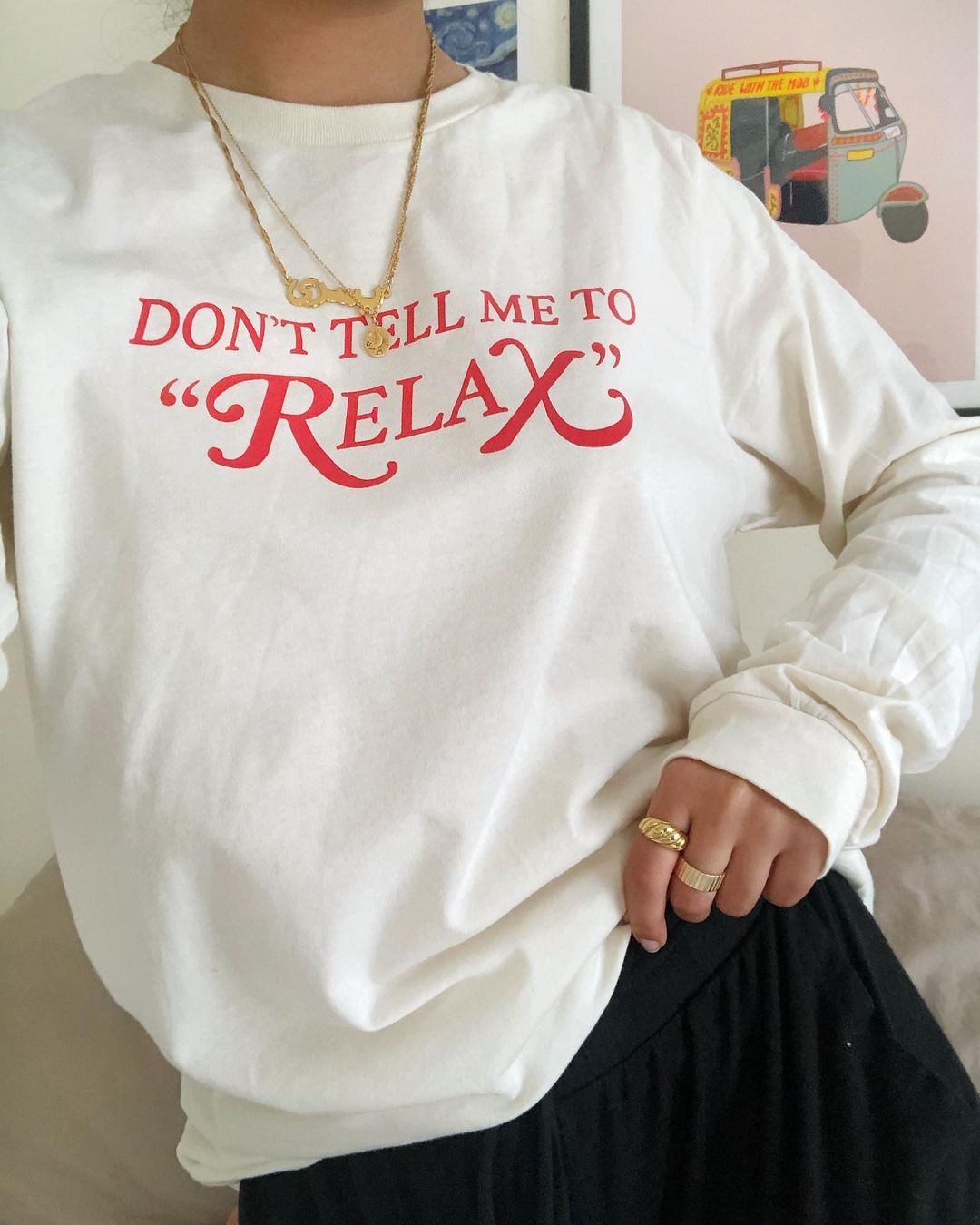
I know you started this project in 2015. How has it evolved since then, and what are some similar themes you’ve found surrounding the nameplate throughout collecting stories and images from so many different people around the world?
In our research, we have encountered a greater variety of stories and styles of nameplate jewelry than we could ever have imagined when we started this project with a podcast episode in 2015. Over the past five years, we have collected stories and images through events in NYC, L.A., and Houston, and online via email and social media. We have received submissions from all over the world. It has been fascinating and inspiring to learn about nameplates’ many lives across time and space. Themes that have emerged are the presence of nameplates as coming of age items, as items that celebrate particular identities, and as items that connect people whether through gift giving or through wearing someone else’s name (this could be an heirloom, a token of remembrance, or an exchange of jewelry with a romantic partner or friend, to name just a few examples.)
One of our favorite manifestations of this idea is nameplates and pendants that contain the names of multiple people, such as parents and children. In general, nameplates exemplify a crucial link between the wearer’s identity and the relationships they have with others in their immediate personal life and the larger community.
Shop Nameplate Jewelry
After interning at Who What Wear in 2019, Yusra Siddiqui found her way to the team after graduating with a fashion media degree. She's also spent time writing and working for publications such as Fashionista, Coveteur, Nylon, and Allure. When she's on the job, she's perusing runway shows, analyzing the latest social media trends, and diving deep into all things Gen Z-related.
